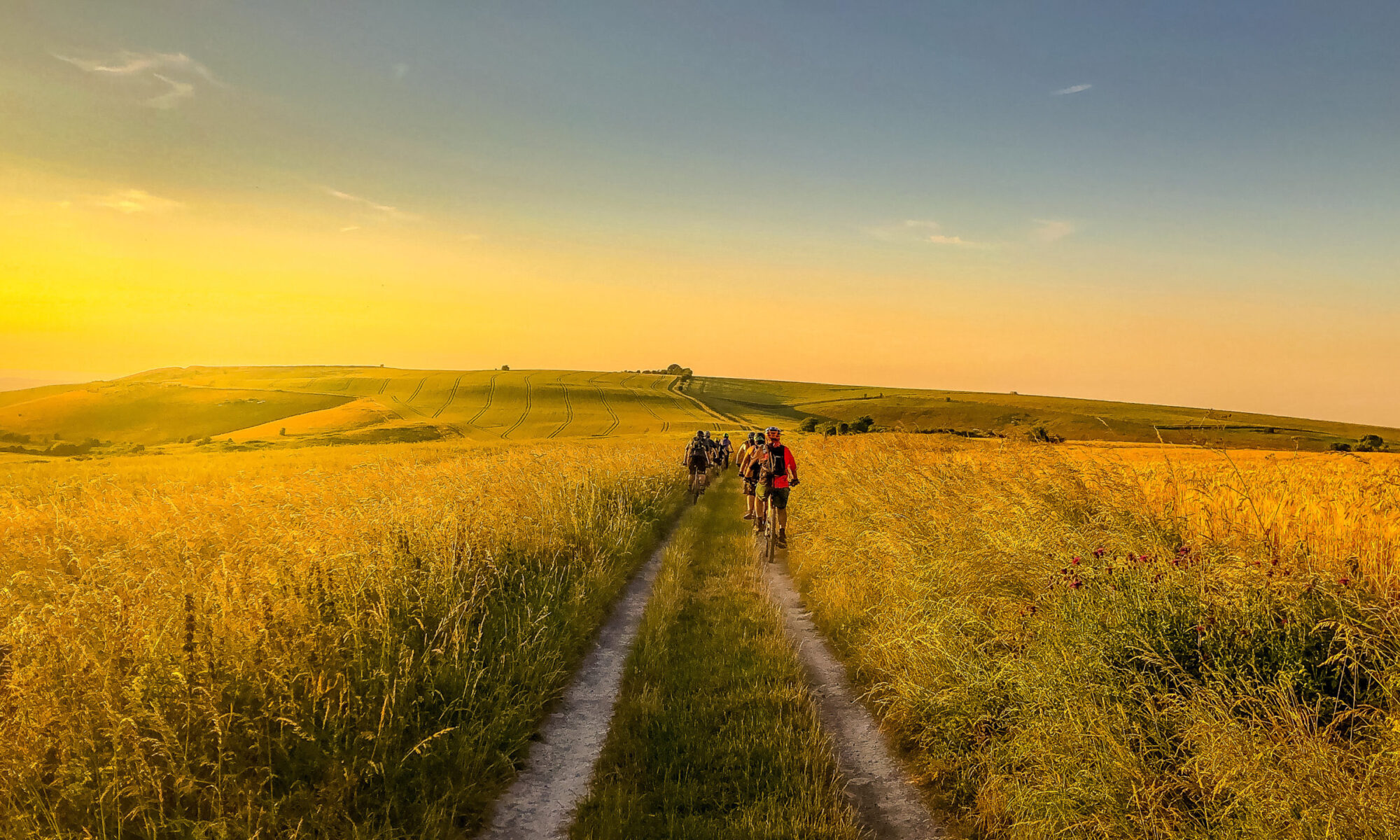So you’ve got a mountain bike and you want to be comfortable riding (including avoiding the dreaded saddle sore!). Here’s a bit of advice on a few vital accessories to keep you comfy while riding.
Like all forms of cycling, Mountain Biking has lots of clothing specifically design to help you get the most out of the sport. Some of this you will not need immediately (or even at all), but there are some absolute essentials we would recommend everyone have.
Padded Shorts
Saddles are a bit of a minefield (that we will cover separately), with lots different shapes and sizes, but there’s an another key component to sitting comfort that works in tandem – padding! Most people will identify “cycling shorts” as skin tight lycra things that don’t necessarily look great on everyone (men in particular!). However, it’s what’s inside that counts, specifically the chamois pad.

This specially crafted piece of padding moulds to you, providing the padding layer between you and the support of the saddle. Yes the saddle has some padding of its own, but the shorts pad you and provide the comfort element. Make sure you get a decent thickness and one with antibacterial properties (which will be most), as these will be your underway when you ride.
So do I need a set of lycra shorts? No, not necessarily.
You can now get a great selection of under or liner shorts containing the padding, allowing you to pop your own choice of shorts, trousers or whatever else you fancy over the top. These are a great relatively inexpensive way of adding some padding, although they won’t have the thickest pads and you may want something more for very long rides.

Ladies also have the option of padded underwear. A very recent development, these combine a great quality pad with a more “knicker like” cut. Urbanist were one of the first to bring out this style (actually produced by a Kickstarter campaign) and they have a good range of styles, all with a great quality pad, such as their Brigitte shown here.
That’s your bottom covered, so what next?
Padded Gloves
Gloves (full finger or mitts) have 2 purposes in cycling. Firstly they protect your hands if you come off – everyone’s instinct is to put their hands out to cushion their fall, and wearing gloves with stop you adding grazes to dented pride should that happen!
But what about the padding? There are many different styles of glove for mountain biking, ranging from those with very minimal padding (sometimes as little as just a double layer of the palm fabric, through to complex gel pads at the top and bottom of the palms.
So the minimal are just that – the bare minimum. This is designed to give you maximum feel of the handlebar grip, whilst providing sweat absorption (so you don’t slip on the grips) and graze protection.
The middle option is those with a palm pad. The padding provides a cushioning against trail vibration, but also prevents numbness. Some people can experience a numb sensation in their hand or wrist when cycling, which is often caused by pressure on the ulna nerve, which runs across you hand. Companies like Specialized have developed padding to specifically eliminate pressure on this nerve, avoiding numbness.

You can also take the padding a step further and get gloves to extended it on the top of the palm too. This provides additional dampening from trail buzz and from calluses from gripping the bars.
Waterproof Jackets
It’s Britain, it rains, quite often! However a good waterproof will keep you dry, even when it’s teeming down with rain outside.
A cycling specific jacket is best, as these have a longer back, which makes sure there is no gap between the bottom of the jacket and the top of your shorts (not a gap you want in the rain!). There’s plenty of choice in different cuts – mens and women’s specific, loose or tight fitting.
Different jackets have different levels of breathability, which is the amount of sweat they let out – the more harder you’re working, the more breathable you want the jacket. This is sometimes supplemented with zips under the arms, to provide additional ventilation.
There are also lots of additional technical features to be found on waterproof jackets, such as waterproof inner pockets, reflective patches and even built in LED lights, to aid visibility when the light is failing.




